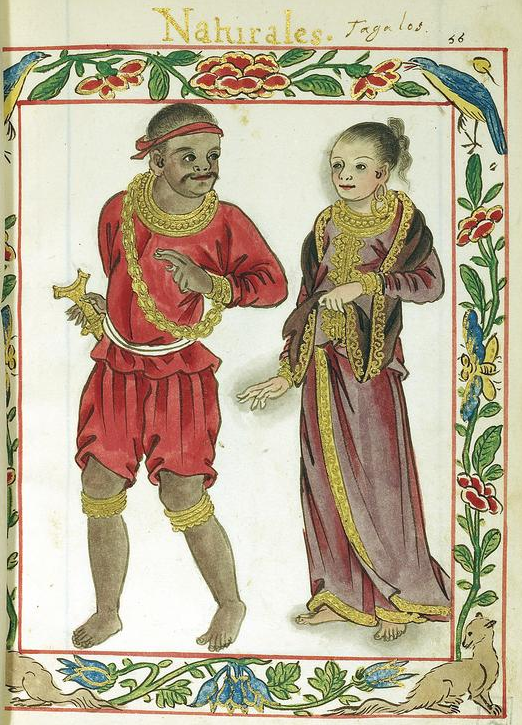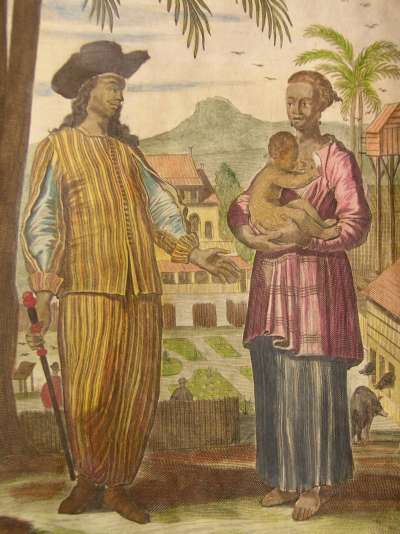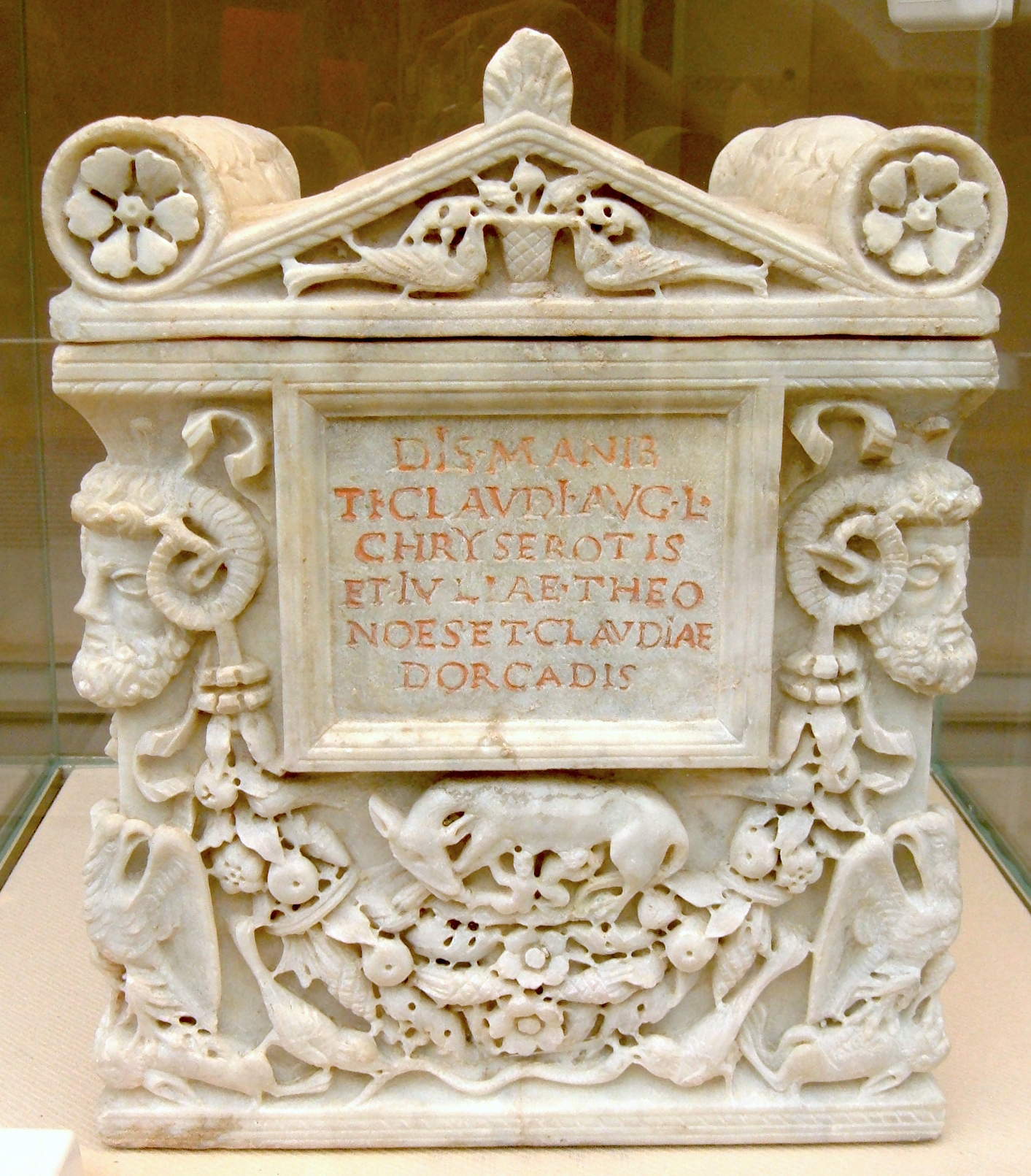|
Merdeka
''Merdeka'' ( Jawi: ; , ) is a term in Indonesian and Malay which means "independent" or " free". It is derived from the Sanskrit ''maharddhika'' (महर्द्धिक) meaning "rich, prosperous, and powerful". In the Malay Archipelago, this term had acquired the meaning of a freed slave. The term is also used in other Indonesian languages. The term ''Mardijker'' is a Dutch corruption of the Portuguese version of the original Sanskrit words and was used to designate former Portuguese and Dutch slaves from India in the East Indies, known as Mardijkers, whence the Malay meaning of "free(dom)" is derived. The Mardijkers were former Catholic slaves brought from India and the East Indies, who were liberated by the Dutch if they abandoned Catholicism and joined the Dutch Reformed Church. The term was used by the anti-colonialist and pro-independence movements in the colonial territories of the Dutch East Indies, British Malaya, and the Straits Settlements. It became a ral ... [...More Info...] [...Related Items...] OR: [Wikipedia] [Google] [Baidu] |
Maharlika
The ''maharlika'' (Baybayin pre-virama: ᜋᜑᜎᜒᜃ meaning freeman or freedman) were the feudal warrior class in ancient Tagalog society in Luzon, the Philippines. They belonged to the lower nobility class similar to the ''timawa'' of the Visayan people. In modern Filipino, however, the word has come to refer to aristocrats or to royal nobility, which was actually restricted to the hereditary ''maginoo'' class. Overview The ''maharlika'' were a martial class of freemen. Like the ''timawa'', they were free vassals of their ''datu'' who were exempt from taxes and tribute but were required to provide military service. In times of war, the ''maharlika'' were obligated to provide and prepare weapons at their own expense and answer the summons of the ''datu'', wherever and whenever that might be, in exchange for a share in the war spoils (''ganima''). They accompanied their ruler in battles as comrades-at-arms and were always given a share. 1/5 of the spoils goes to the Gino ... [...More Info...] [...Related Items...] OR: [Wikipedia] [Google] [Baidu] |
Mardijker
The Mardijker people refer to an ethnic community in the Dutch East Indies (present-day Indonesia) made up of descendants of freed slaves who spoke or were culturally Portuguese. They could be found at all major trading posts in the East Indies. They were mostly Christian, of various ethnicities from conquered Portuguese and Spanish territories, Some are of European ethnicity, while some others are natives from various Portuguese controlled territories. They spoke Mardijker Creole, a Portuguese-based creole languages, Portuguese-based creole, which has influenced the modern Indonesian language. Origin The ancestors of the Mardijkers had been mostly made up of slaves of the Portuguese in India, Africa, and the Malay Peninsula, with a minority being European (usually Portuguese) prisoners of war that were brought to Indonesia by the Dutch East India Company (VOC), especially after the 1641 Dutch Battle of Malacca (1641), conquest of Malacca, whereby Portuguese speakers in the city ... [...More Info...] [...Related Items...] OR: [Wikipedia] [Google] [Baidu] |
Maradeka
Maradeka is a pro-democracy Islamic political organization which espouses non-violent political action, and is based in the Philippines. The organization has been active against a backdrop of over 40 years of armed Muslim insurgency, mounted by the Moro National Liberation Front (MNLF) and Moro Islamic Liberation Front (MILF) in their quest for self-rule. These groups emerged following popular dissent with the Philippine government, and their treatment of the Muslim minority as second class citizens, which caused extensive suffering. These years of social, economic, and political inequities are known as the 'Mindanao problem'. The term ''Maradeka'' is rooted in the Malay word merdeka, meaning ''freedom'' or ''liberation'', and was adopted as the name of the umbrella freedom alliance of 72 Bangsamoro civil and political organizations. These include Task Force Mindanao, Alternative Muslim Mindanao Entrepreneurial Dev't, Inc (AMMENDI), Basilan Solidarity, Organization of Maguind ... [...More Info...] [...Related Items...] OR: [Wikipedia] [Google] [Baidu] |
Holy Angel University
Holy Angel University is a Private school, private Catholic research university in Angeles City, Philippines. Founded in June 1933 by Don Juan Nepomuceno and Fr. Pedro Paulo Santos, who was later named as the Roman Catholic Archdiocese of Cáceres, Archbishop of Cáceres, is considered the first Catholic laity, lay-founded Catholic school as well as the first Mixed-sex education, co-educational Catholic high school. With a student population of over 21,000, it is the largest private institute of education with the largest student population in a single campus in Central Luzon. History Holy Angel University (HAU), located in Angeles City, Philippines, was established in June 1933 as Holy Angel Academy (HAA) by Don Juan D. Nepomuceno and Fr. Pedro P. Santos. Initially, it provided Catholic education to 78 high school students and became the first Catholic co-educational high school run by laypersons in the country. After World War II, the Academy expanded its offerings, adding ... [...More Info...] [...Related Items...] OR: [Wikipedia] [Google] [Baidu] |
Philippine Society
The culture of the Philippines is characterized by great ethnic diversity. Although the Ethnic groups in the Philippines, multiple ethnic groups of the Philippine archipelago have only recently established a shared Filipinos, Filipino Filipino nationalism, national identity, their cultures were all shaped by the Geography of the Philippines, geography and Archaeology of the Philippines, history of the region, and by centuries of interaction with neighboring cultures, and colonial powers. In more recent times, Filipino culture has also been influenced through its participation in the Philippines and the United Nations, global community. History Among the contemporary ethnic groups of the Philippine archipelago, the Negritos are generally considered the earliest settlers; today, although few in numbers, they preserve a very traditional way of life and culture. After those early settlers, the Austronesian peoples, Austronesians arrived on the archipelago. The Austronesian culture i ... [...More Info...] [...Related Items...] OR: [Wikipedia] [Google] [Baidu] |
Freedman
A freedman or freedwoman is a person who has been released from slavery, usually by legal means. Historically, slaves were freed by manumission (granted freedom by their owners), emancipation (granted freedom as part of a larger group), or self-purchase. A fugitive slave is a person who escaped enslavement by fleeing. Ancient Rome Rome differed from Greek city-states in allowing freed slaves to become plebeian citizens. The act of freeing a slave was called ''manumissio'', from ''manus'', "hand" (in the sense of holding or possessing something), and ''missio'', the act of releasing. After manumission, a slave who had belonged to a Roman citizen enjoyed not only passive freedom from ownership, but active political freedom ''(libertas)'', including the right to vote. A slave who had acquired ''libertas'' was known as a ''libertus'' ("freed person", feminine ''liberta'') in relation to his former master, who was called his or her patron ''( patronus)''. As a social class, fr ... [...More Info...] [...Related Items...] OR: [Wikipedia] [Google] [Baidu] |
Tagalog Language
Tagalog ( ,According to the ''OED'' anMerriam-Webster Online Dictionary ; ''Baybayin'': ) is an Austronesian language spoken as a first language by the ethnic Tagalog people, who make up a quarter of the population of the Philippines, and as a second language by the majority, mostly as or through Filipino language, Filipino. Its de facto Standard language, standardized and codified form, officially named ''Filipino'', is the national language of the Philippines, and is one of the nation's two official languages, alongside Philippine English, English. Tagalog, like the other and as one of the regional languages of the Philippines, which majority are Austronesian languages, Austronesian, is one of the auxiliary official languages of the Philippines in the regions and also one of the auxiliary media of instruction therein. Tagalog is closely related to other Philippine languages, such as the Bikol languages, the Bisayan languages, Ilocano language, Ilocano, Kapampangan language, ... [...More Info...] [...Related Items...] OR: [Wikipedia] [Google] [Baidu] |
Pampangan Language
Kapampangan, Capampáñgan, or Pampangan, is an Austronesian language, and one of the eight major languages of the Philippines. It is the primary and predominant language of the entire province of Pampanga and southern Tarlac, on the southern part of Luzon's central plains geographic region, where the Kapampangan ethnic group resides. Kapampangan is also spoken in northeastern Bataan, as well as in the provinces of Bulacan, Nueva Ecija, and Zambales that border Pampanga. It is further spoken as a second language by a few Aeta groups in the southern part of Central Luzon. The language is known honorifically as ('breastfed, or nurtured, language'). Kapampangan is assigned the ISO 639-2 three-letter code pam, but not an ISO 639-1 two-letter code. Classification Kapampangan is one of the Central Luzon languages of the Austronesian language family. Its closest relatives are the Sambalic languages of Zambales province and the Bolinao language spoken in the towns of Bolinao and An ... [...More Info...] [...Related Items...] OR: [Wikipedia] [Google] [Baidu] |
Iranun People
The Iranun are an Austronesian ethnic group native to southwestern Mindanao, Philippines. They are ethnically and culturally closely related to the Maranao, and Maguindanaon, all three groups being denoted as speaking Danao languages and giving name to the island of Mindanao. The Iranun were traditionally sailors and were renowned for their ship-building skills. Iranun communities can also be found in Malaysia. Origins The origin of the name "Iranun" remains contested. The "Iranun" ( archaic "Iranaoan") may have been the original endonym of the ancestral group which later split into the Iranun, Maranao, and Maguindanao people. The Iranun and Maranao still speak the language closest to the ancient Proto-Danaw among all of the Danao languages spoken by these groups. Regions The Iranun are native to the southwestern regions of Mindanao. Iranun are found Maguindanao del Norte ( Barira, Buldon, Parang, Matanog, Sultan Mastura, and Sultan Kudarat), North Cotabato (Alamada, B ... [...More Info...] [...Related Items...] OR: [Wikipedia] [Google] [Baidu] |
Maguindanao People
The Maguindanaon people are an Austronesian ethnic group from the Philippines. The Maguindanaon are part of wider political identity of Muslims known as Moro, who constitute the third largest ethnic group of Mindanao, Sulu and Palawan. The Maguindanaons constitute the ninth largest Filipino ethnic group and are known for being distinguished in the realm of visual art. They have been renowned as metalworkers, producing the wavy-bladed keris ceremonial swords and other weapons, as well as gongs. The Maguindanaons historically had an independent sultanate known as the Sultanate of Maguindanao which comprises modern day Maguindanao del Norte, Maguindanao del Sur, Zamboanga Peninsula, Davao Region and Soccsksargen. The name "Maguindanao/Magindanaw" itself was corrupted by Spanish sources into "Mindanao", which became the name for the entire island of Mindanao. Etymology The word ''Maguindanao or Magindanaw'' means "people of the flood plains", from the word ''Magi'inged'' that m ... [...More Info...] [...Related Items...] OR: [Wikipedia] [Google] [Baidu] |






